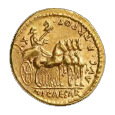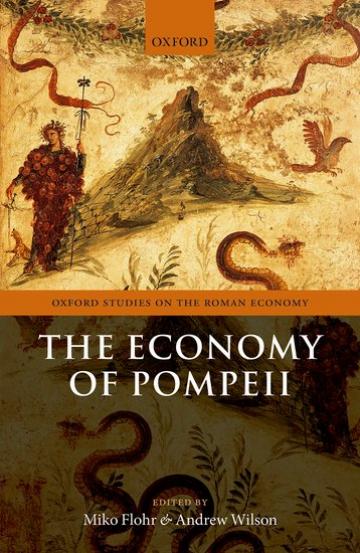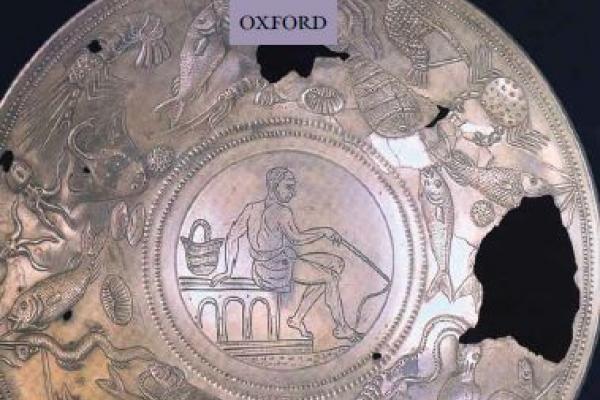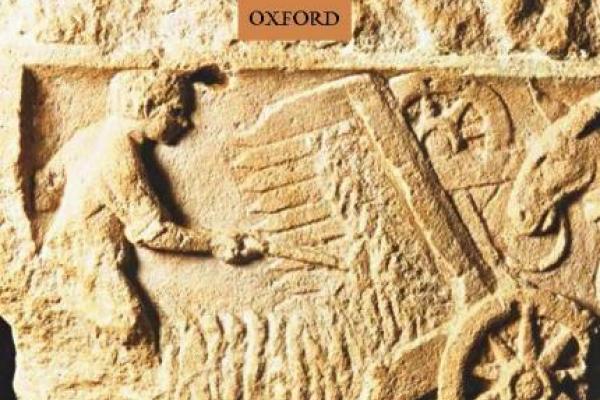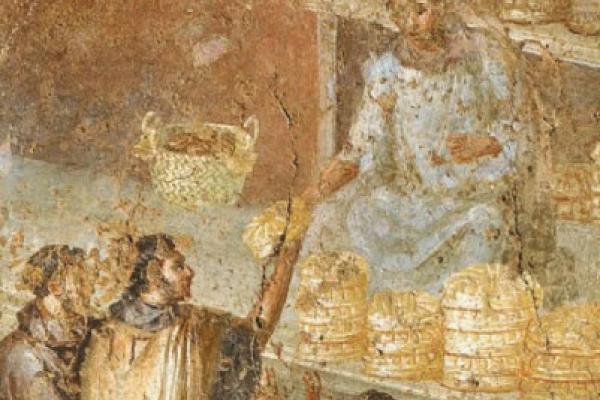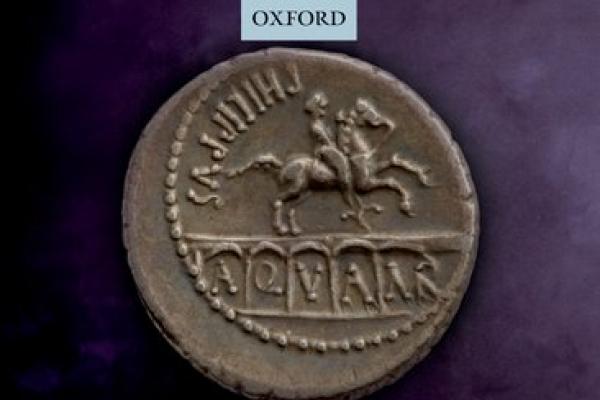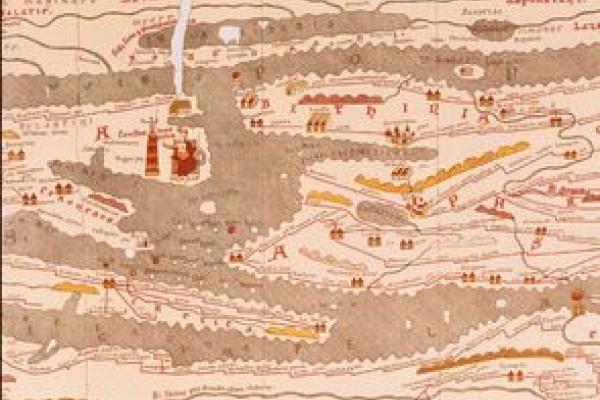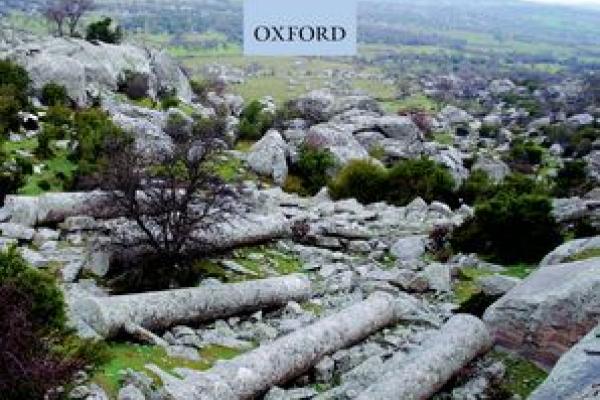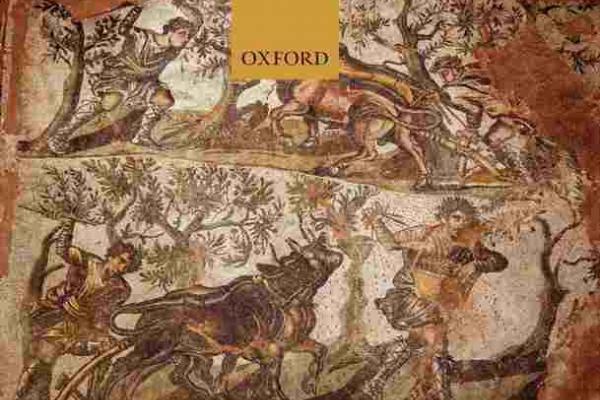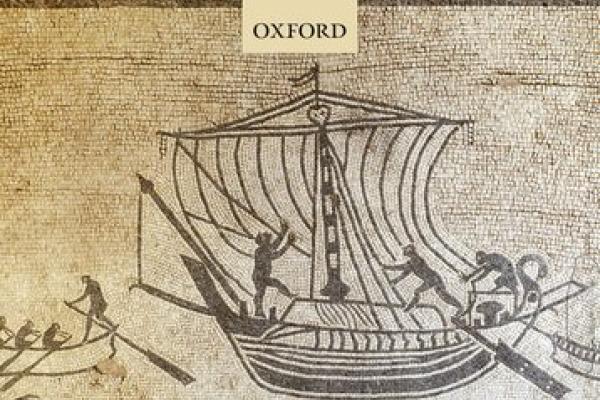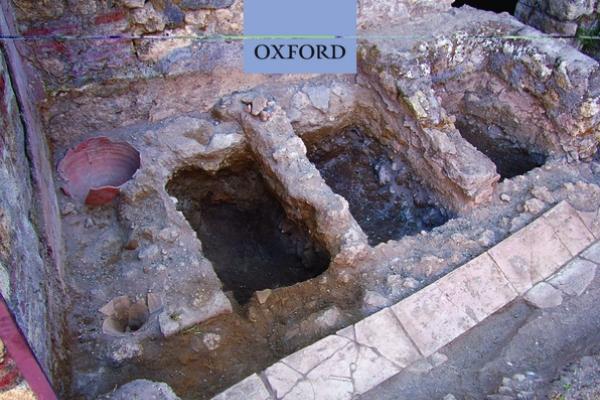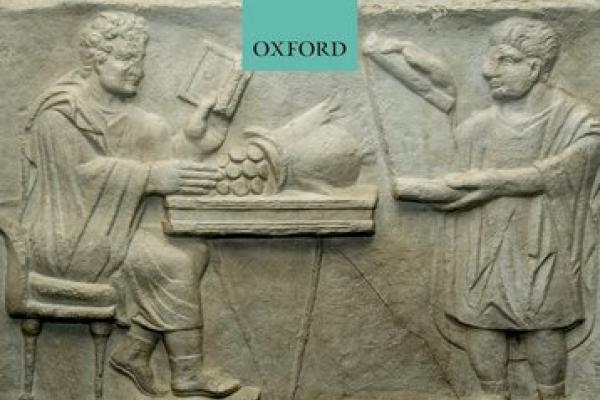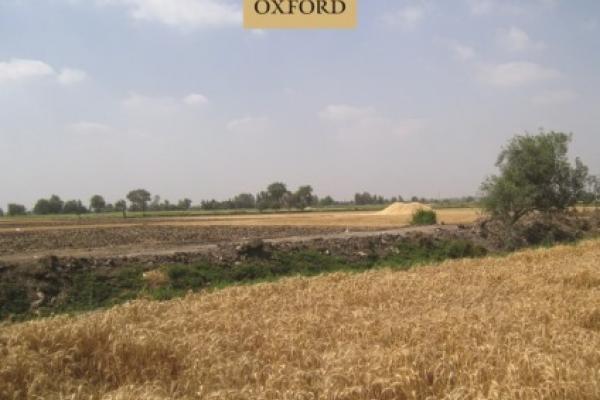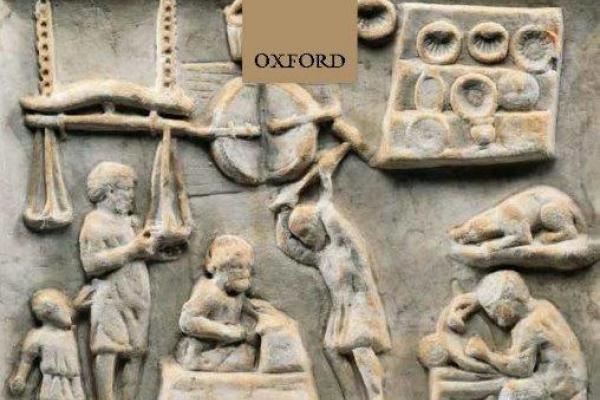Introduction: Investigating an Urban Economy
Miko Flohr and Andrew Wilson
Part I: City and Hinterland
1: The Agricultural Economy of Pompeii: Surplus and Dependence
Girolamo Ferdinando de Simone
2: Quantifying Pompeii: Population, Inequality, and the Urban Economy
Miko Flohr
Part II: Quality of Life
3: Consumer Behaviour in Pompeii: Theory and Evidence
Nick M. Ray
4: Sewers, Archaeobotany, and Diet at Pompeii and Herculaneum
Erica Rowan
5: Skeletal Remains and the Health of the Population at Pompeii
Estelle Lazer
Part III: Economic Life and its Contexts
6: Measuring the Movement Economy: A Network Analysis of Pompeii
Eric Poehler
7: Urban Production and the Pompeian Economy
Nicolas Monteix
8: Wealthy Entrepreneurs and the Urban Economy: Insula VI 1 in its Wider Economic Contexts
Damian Robinson
9: The Economics of Pompeian Painting
Domenico Esposito
Part IV: Money and Trade
10: Reevaluating Pompeii's Coin-Finds: Monetary Transactions and Urban Rubbish in the Retail Economy of an Ancient City
Steven J. R. Ellis
11: Bes, Butting Bulls, and Bars: The Life of Coinage at Pompeii
Richard Hobbs
12: Currency and Credit in the Bay of Naples in the First Century AD
Koenraad Verboven
13: Conflicts, Contract Enforcement, and Business Communities in the Archive of the Sulpicii
Wim Broekaert
Part V: Discussion
14: Pompeii Revisited
Willem Jongman

